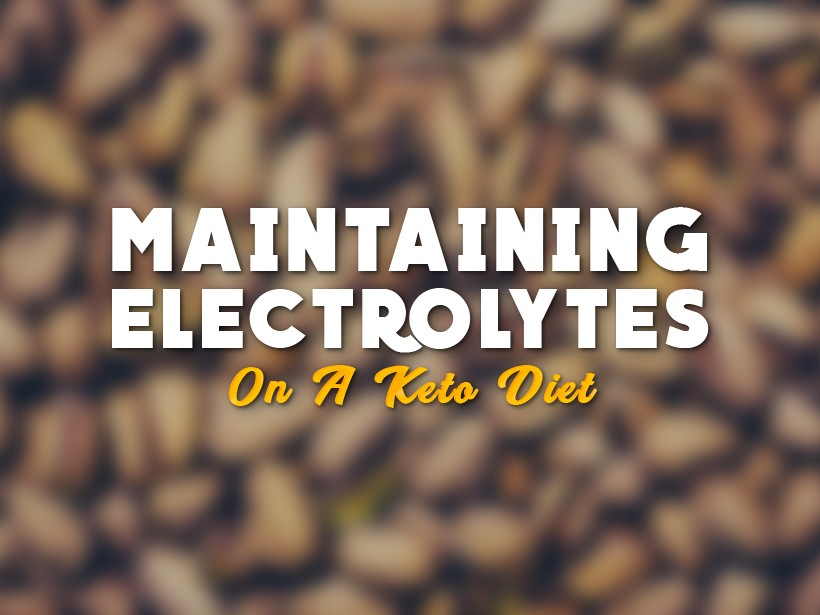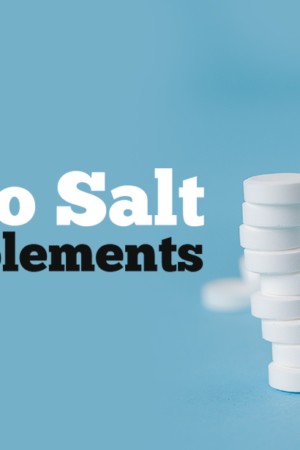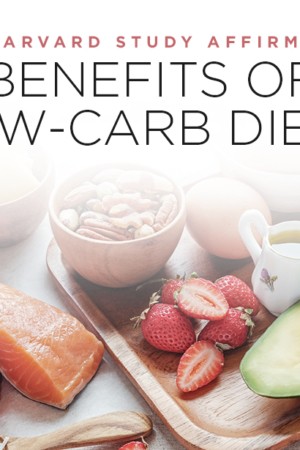How Electrolytes Are Lost
In a keto diet, when insulin levels lower and we’re no longer burning glucose (carbohydrates) for fuel, we begin to dip into our glycogen stores. Glycogen is the body’s source of stored energy – an easily accessible string of glucose molecules stored in the liver and skeletal muscles.1 These glycogen stores are partnered with water, which is excreted by the kidneys when glycogen is metabolized.
Have you ever experienced a quick drop in the scale once you entered ketosis? While fantastic motivation, this rapid weight loss is often attributed to the loss of water weight – the water retained along with glycogen. The great news is, the scale is dropping and you’re in ketosis. The bad news is that, along with losing the water, you’re also losing valuable electrolytes.
Essential for normal body function, deficient levels of electrolytes can bring on all the symptoms described as the Keto Flu. The Keto Flu commonly occurs during the adjustment period at the start of adopting a keto diet, when our bodies are getting used to low insulin levels and running on fat stores. Some of those symptoms include:
- Muscle cramps
- Headaches
- Dizziness and lightheadedness
- Racing heartbeat
- Feeling weak
Essential Electrolytes for Keto Dieting
Thankfully, careful attention to maintaining electrolyte balance in our bodies while on a keto diet can curb all of these symptoms. Here are some of the key electrolytes you’ll need to focus on:
Sodium
In addition to being a critical component of muscle and nerve function, sodium causes our bodies to retain water and, as a result, electrolytes. While an excess of salt has a poor reputation in conventional diets, sodium is an essential tool in your keto tool belt. More than just adding salt to your food, it’s important to supplement your diet with sodium-rich components, like bone broth, sole water, or other salt-based additions.
Magnesium
If you eat a lot of nuts or leafy green vegetables, you’ve probably got the magnesium component of maintaining electrolytes down already. However, if you don’t, consider adding some spinach or a handful of high fiber nuts to your daily eating habits. Like sodium, magnesium is critical for healthy nerve and muscle function. It also supports a healthy heart, immune system, and strong bones.
Potassium
A keto staple, the avocado, is a great way to bring more potassium into your diet. Potassium, like sodium, aids in providing hydration to your body. Additionally, you can thank potassium for a healthy heart and blood pressure that keeps your physician from scolding you. Other great sources of potassium include salmon, mushrooms, and green vegetables.
It’s always recommended to get your nutrients from natural sources, not from supplements or pills. However, there are a few good supplements out there that can help in the event you’re unable to eat your way to achieving your electrolyte goals and keeping the Keto Flu away.
NUTRITIONAL DISCLAIMER
The content on this website should not be taken as medical advice and you should ALWAYS consult with your doctor before starting any diet or exercise program. We provide nutritional data for our recipes as a courtesy to our readers. We use Total Keto Diet app software to calculate the nutrition and we remove fiber and sugar alcohols, like erythritol, from the total carbohydrate count to get to the net carb count, as they do not affect your blood glucose levels. You should independently calculate nutritional information on your own and not rely on our data. The website or content herein is not intended to cure, prevent, diagnose or treat any disease. This website shall not be liable for adverse reactions or any other outcome resulting from the use of recipes or recommendations on the Website or actions you take as a result. Any action you take is strictly at your own risk.
- Scottish Government: ‘Obesity Will Be One Of The Great Public Health Challenges Of Our Time’ - September 5, 2018
- Virta Health’s Use of Telemedicine to Treat Diabetics with Keto - September 3, 2018
- New MyProtein Nutrition Bar Disrupts Nutrition Standards - May 24, 2018




